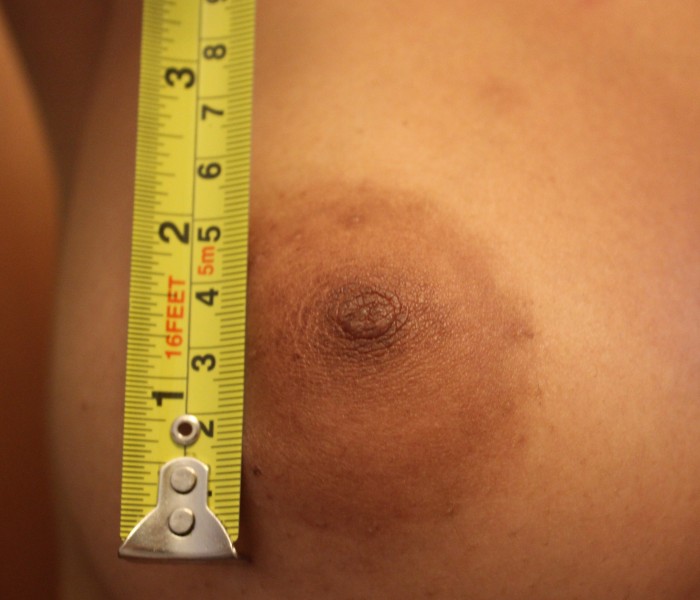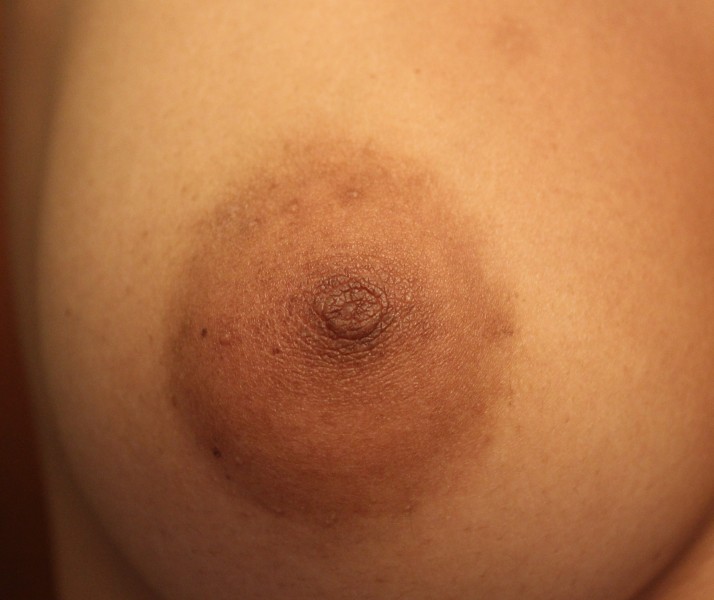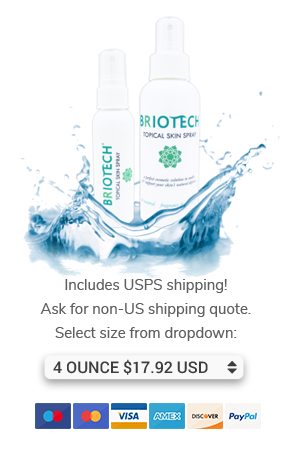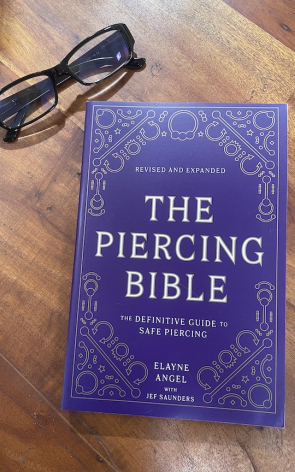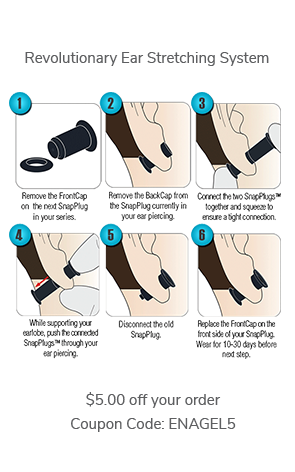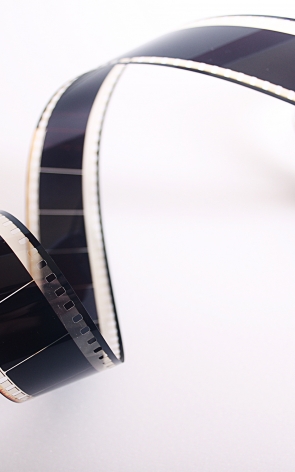I received a message from a woman who had questions about nipple piercing placement on small anatomy:
Hi Elayne,
I've read your blog for quite some time now, and I've found it to be very informative and interesting, and has given me enough knowledge to get some genital piercings, all of which have turned out great. I've wanted to have my nipples pierced for quite some time, but I'm concerned about the risks involved with doing so on less than ideal anatomy. As you can see in the pictures, my nipples are quite small and not well-defined. Even when they do become "hard", they hardly stick away from the rest of the areola. I know that piercing even inverted nipples is possible which gives me some confidence, but I'm still wary of having it done.
My main concerns are:
-Would this end up having the same risks as a surface piercing (namely in their tendency towards rejection)?
-Would the standard 14 gauge be appropriate in my case (not sure if it would be too large)?
Thanks for any help! Please feel free to use the pictures/message on your website if you feel it might be of assistance to others in the same situation.
My response:
Hello Y,
I'm so glad to hear that my information has been helpful to you!
I've marked your photo with some small arrows to reflect where I'd be likely to place your nipple piercing--at the next natural crease out from the tip of your nipple on each side. By doing so, it would allow us to seat the jewelry in a little more tissue, which is likely to heal better--and look good as well. I do think a 14 gauge would still be advisable as the minimum initial jewelry gauge.
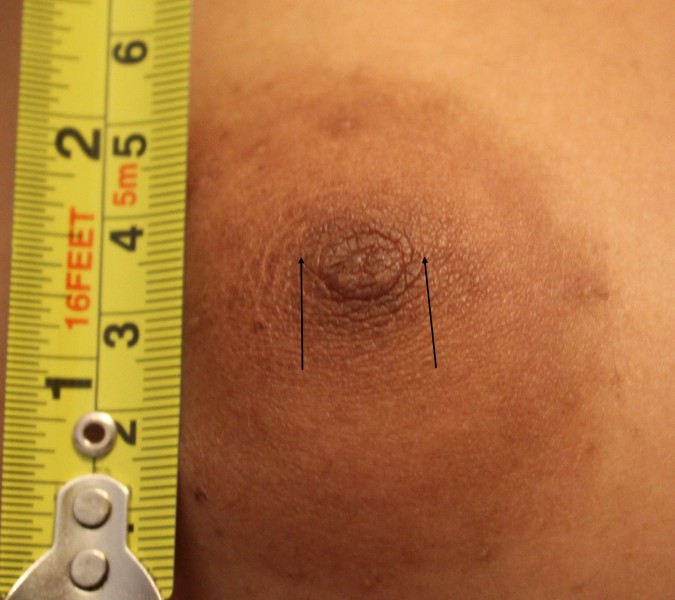
Note that with the ruler running in th other direction (vertically) and without being to see you in person and palpate the tissue, it is hard for me to be 100% certain that this would be the optimal location.
I would not describe this as having the same likelihood of healing difficulties as a surface piercing. I believe this tissue is more amenable to piercing than any standard surface area of the body. Still, female nipples do take a while to heal in many cases. Here's an excerpt from my book, The Piercing Bible:
Nipple Piercing: Placement and Choice of Jewelry
Virtually all adults’ nipples—even tiny flat ones—are pierceable if they are pliable. Whether you prefer the angle of your piercing to be horizontal, vertical, or some- where in between, it will work best if it is placed in the natural creases of your tissue. Depending on the shape of your chest, the “horizontal” placement may be more visually appealing if the outer side is placed just slightly higher than the inner side. This will barely tilt the ring up at a slant that frames the area nicely. A true horizontal placement can look a little droopy at the outer edge, depending on the angle and shape of the breasts or pectoral muscles.
If you have well-developed nipples, the piercing should be placed in the creases at the base of the nipple where it rises from the areola. If your nipple is defined with substantial height, the piercing can safely go in as little as
5/16 inch of tissue. If you have flat nipples, the piercing should encompass a minimum of 3/8 inch of tissue when the area is relaxed. If your nipples are relatively featureless, without an elevated tip, the tissue in the visual center of the nipple should be pierced so that the jewelry will rest evenly within your areola. (The piercing routinely extends into the areola, especially on men, but this is still considered a nipple piercing.) If you have elliptical or odd-shaped areolas, it is sometimes best to cheat one side of the piercing a little further from the tip of your nipple in order to have the ring appear more centered in the pigmented area.

